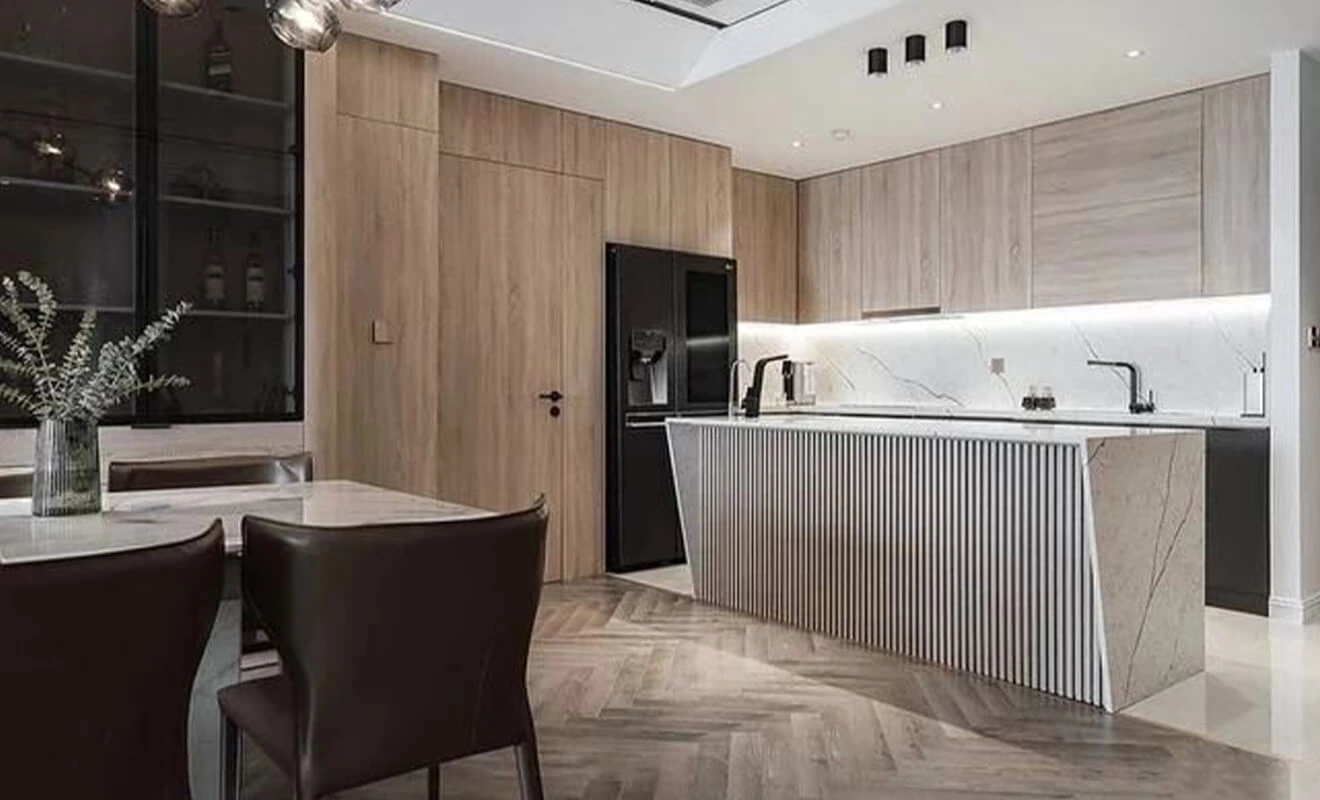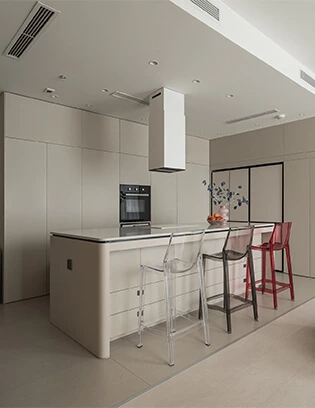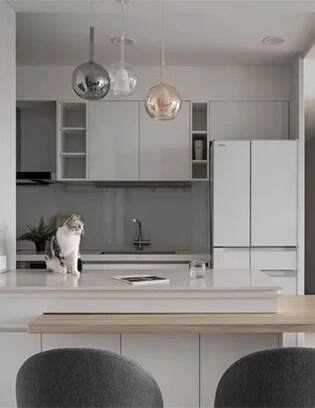Fluted Panel Ideas for Modern Home Interiors
In contemporary interior design, flat and flawless no longer feel fulfilling. Designers are rediscovering the expressive power of lines—lines that give surfaces movement, dimension, and emotion.
As a result, the fluted panel — not a passing trend, but a design language rooted in rhythm, repetition, and refinement.It softens hard surfaces, adds poetry to structure, and makes quiet statements in bold ways. Whether it’s a subtle ripple on a wall or a concealed detail on a cabinet door, fluted textures carve out a space that feels tactile, thoughtful, and alive.
You may have noticed this element in elegant homes or showroom interiors, even if you didn’t know what it was called. So what exactly is a fluted panel? Why is it so loved in modern design? And how can it enhance the spaces we live in? Let’s take a further look.
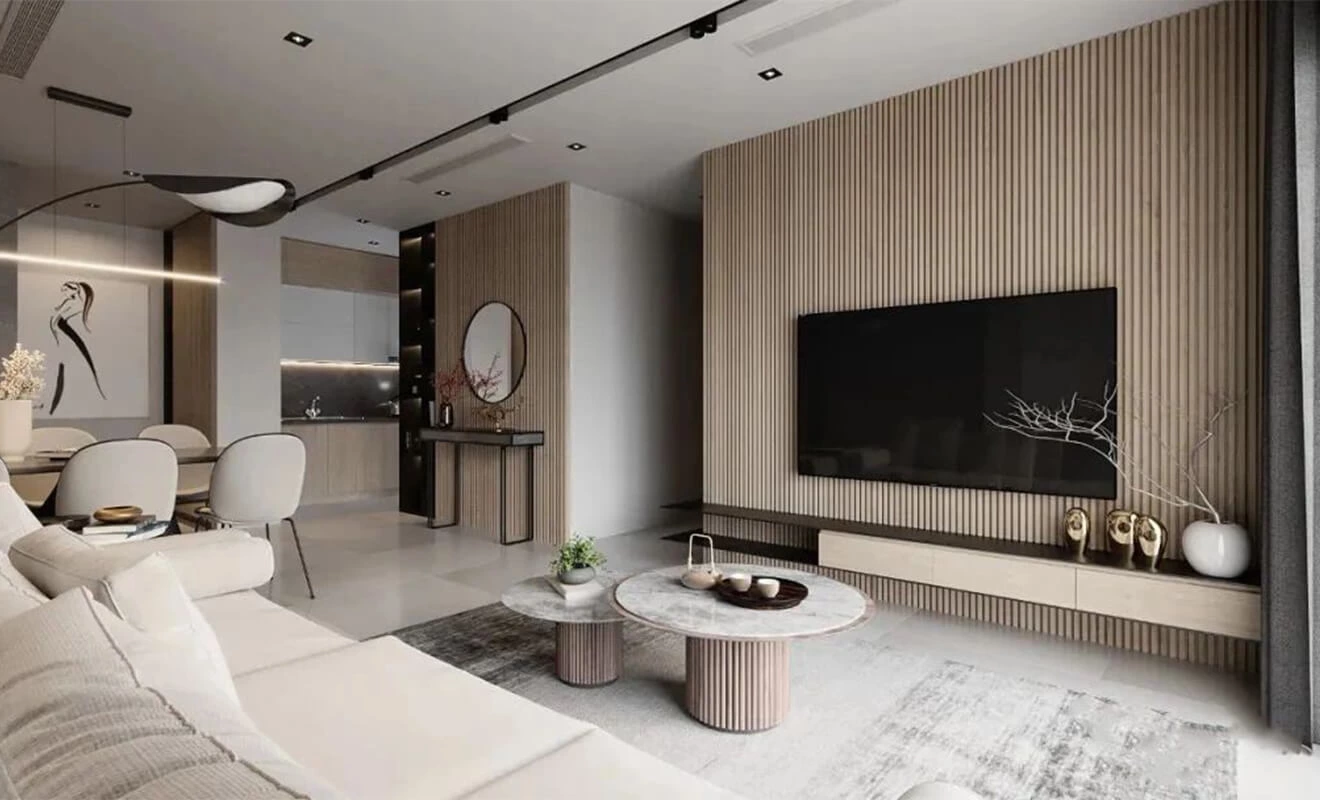
What Is a Fluted Panel?
Fluted panels are architectural surfaces characterized by evenly spaced vertical grooves or ridges. These elements add rhythm, structure, and depth to flat surfaces, and are commonly used in walls, cabinetry, doors, and ceilings. Whether concave or convex, flutes introduce both texture and elegance to a space. Originally derived from the grooves found in classical architectural columns, fluted patterns have evolved into a versatile decorative language in contemporary interiors—combining historical inspiration with modern sensibility.
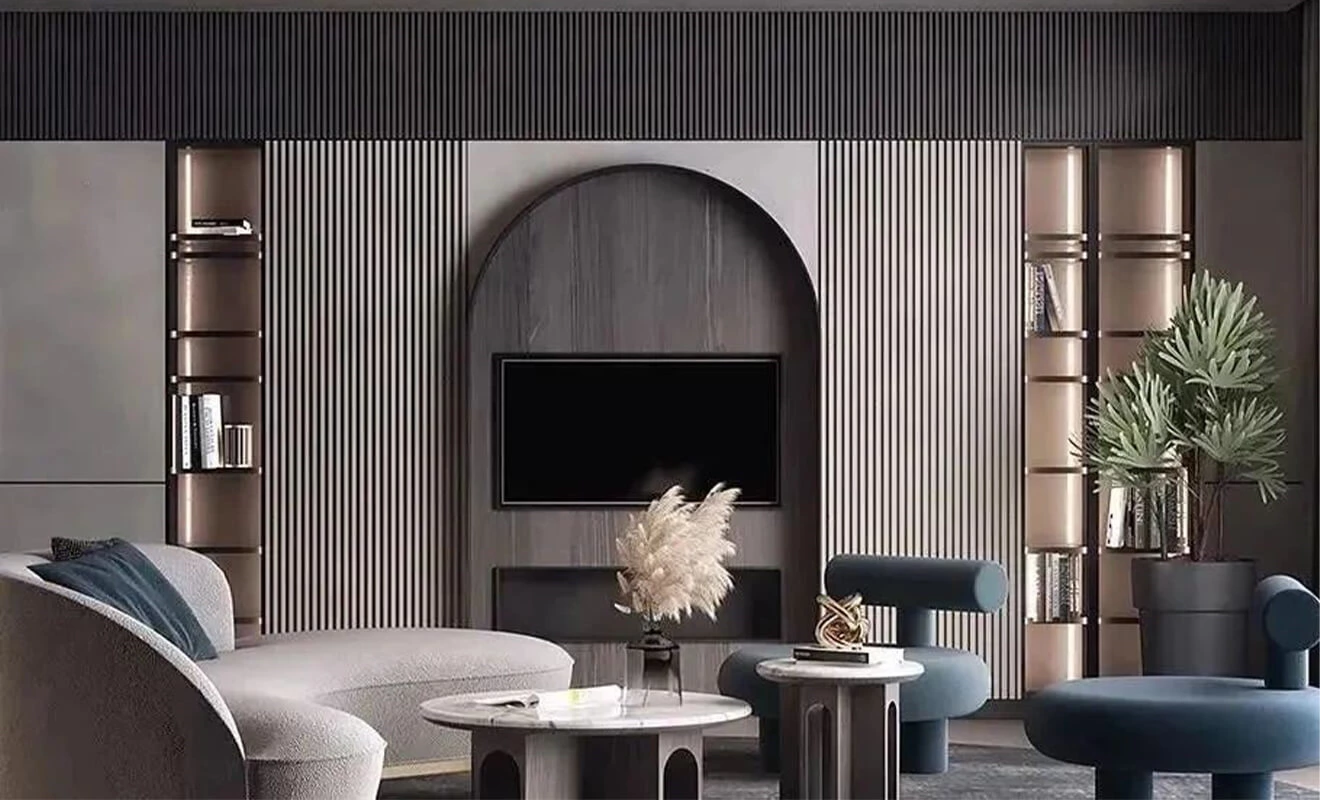
Key Advantages of Fluted Panels
Adds Depth and Rhythmic Beauty: The vertical grooves create a consistent rhythm that breaks visual monotony and brings a three-dimensional, architectural quality to flat surfaces.
Softens Spaces and Adds Warmth: Compared to sleek or glossy surfaces, fluted finishes soften the overall look. When crafted from warm materials like wood, they enhance the natural, cozy ambiance of the space.
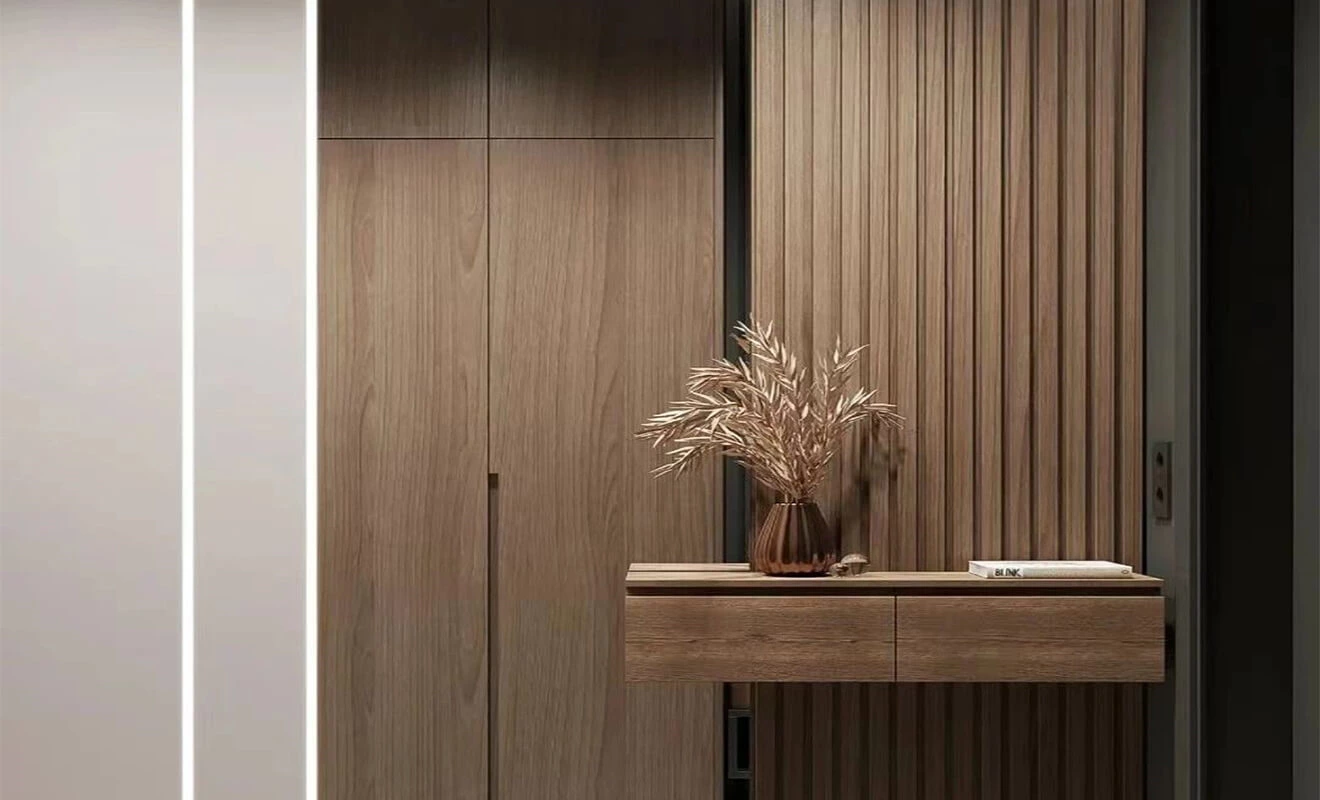
Balances Privacy with Lightness: It offers partial concealment without full opacity, providing visual privacy while preserving openness and airflow—perfect for doors, partitions, and entryways.
Creates Dynamic Light and Shadow: Light interacting with fluted surfaces produces elegant shadow patterns, enriching the ambiance with subtle, ever-changing visual depth.
Highly Versatile in Style: Fluted panels adapt well to a range of aesthetics—from minimalist and modern luxury to new oriental and Japandi—offering either subtle harmony or a bold focal point.
Applications of Fluted Panels
Wall Panels: From entryway statements to feature TV walls, fluted panels create a sense of rhythm and harmony across large surfaces. In open-concept layouts, they also help unify adjacent areas through visual continuity and architectural repetition.
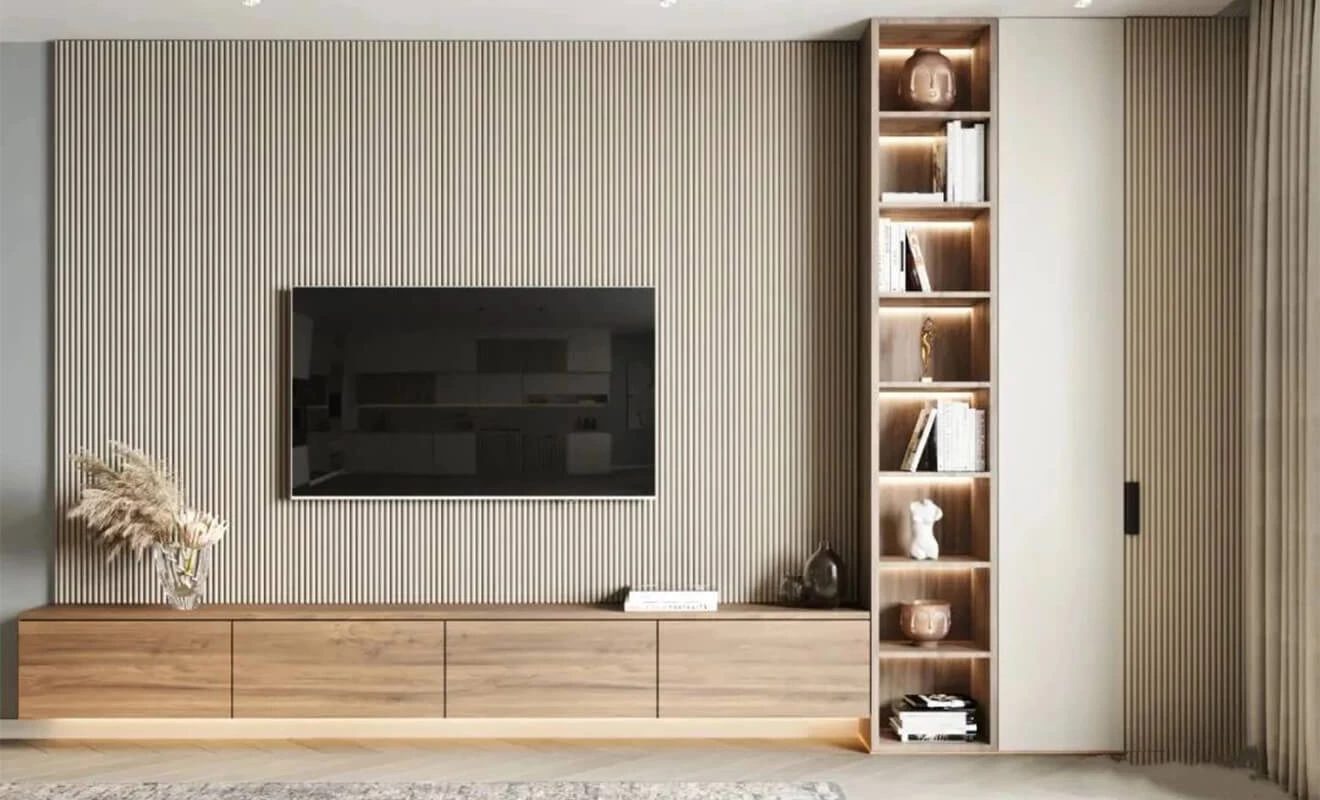
Cabinetry Fronts: Fluted cabinet doors are popular across wardrobes, bar units, vanities, and buffets. They visually lighten bulky storage and elevate the look with refined texture. Paired with recessed or handleless systems, they offer a minimalist, uninterrupted appearance.
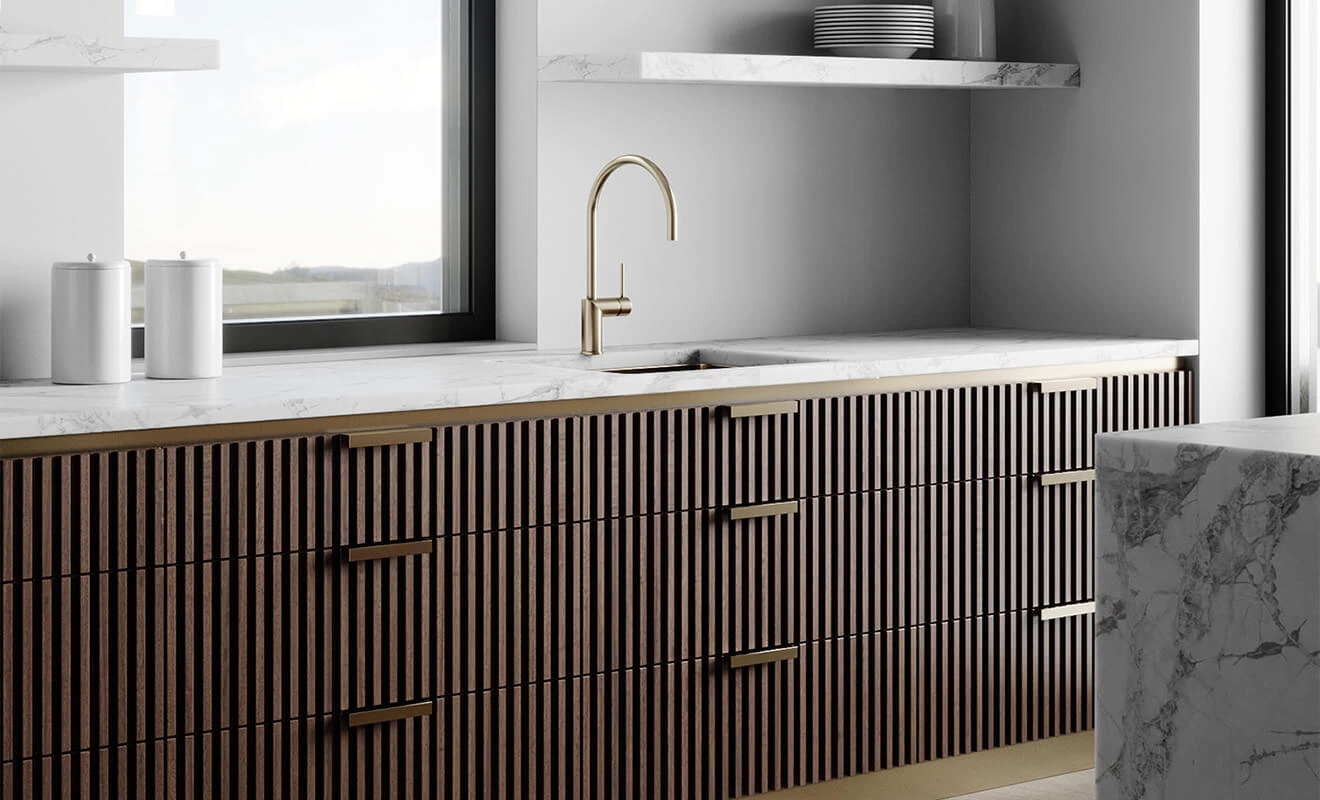
Hidden Doors: Vertical grooves create a visual camouflage, allowing door seams to dissolve into the wall. This technique is ideal for concealing doors to pantries, closets, or bathrooms—maintaining clean sightlines without compromising accessibility.
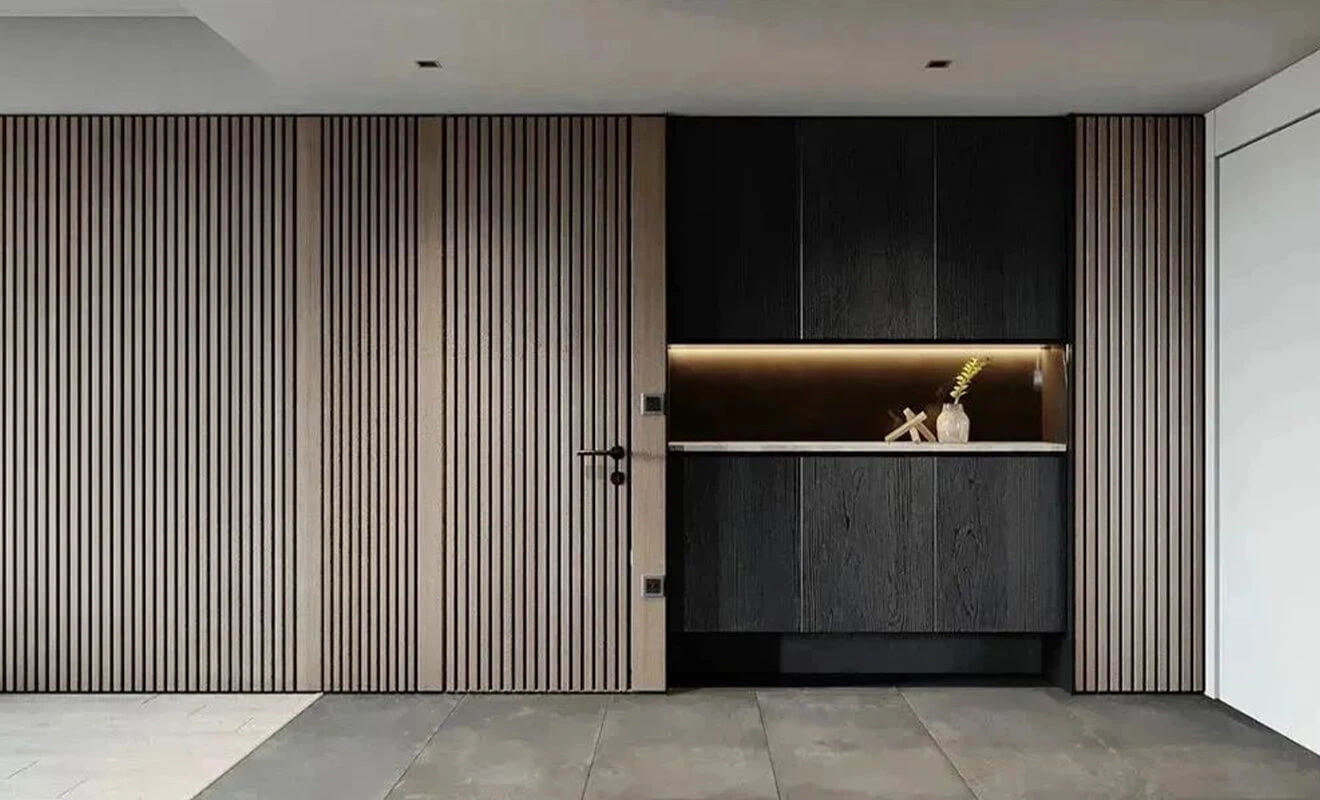
Partitions & Entry Screens: Used as open dividers, fluted panels delineate space while maintaining brightness and ventilation. When designed with gaps between slats, they strike a perfect balance between privacy and openness—offering both form and function.
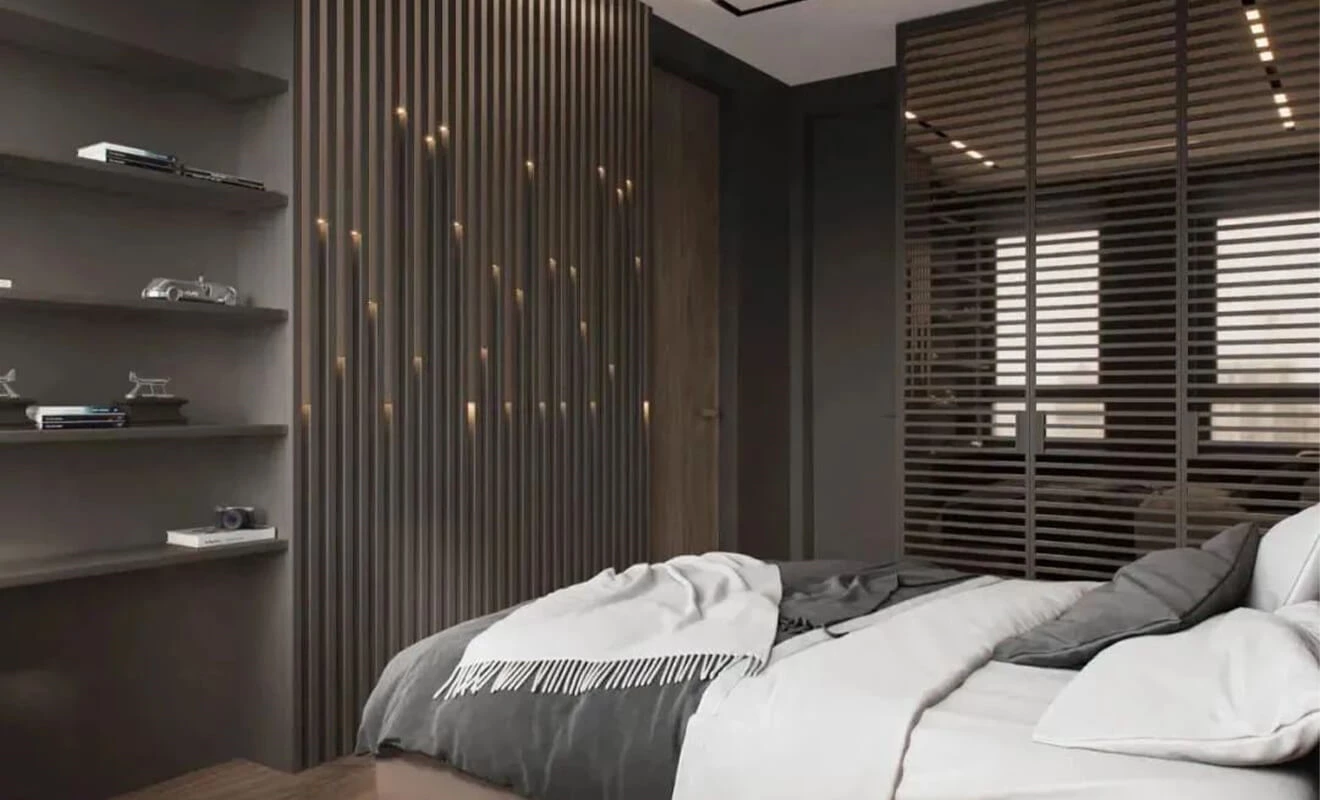
Ceilings: In retail and high-ceilinged residential interiors, fluted ceilings add rhythm and guide visual flow. Combined with hidden lighting or acoustic panels, they deliver both aesthetic and performance benefits.
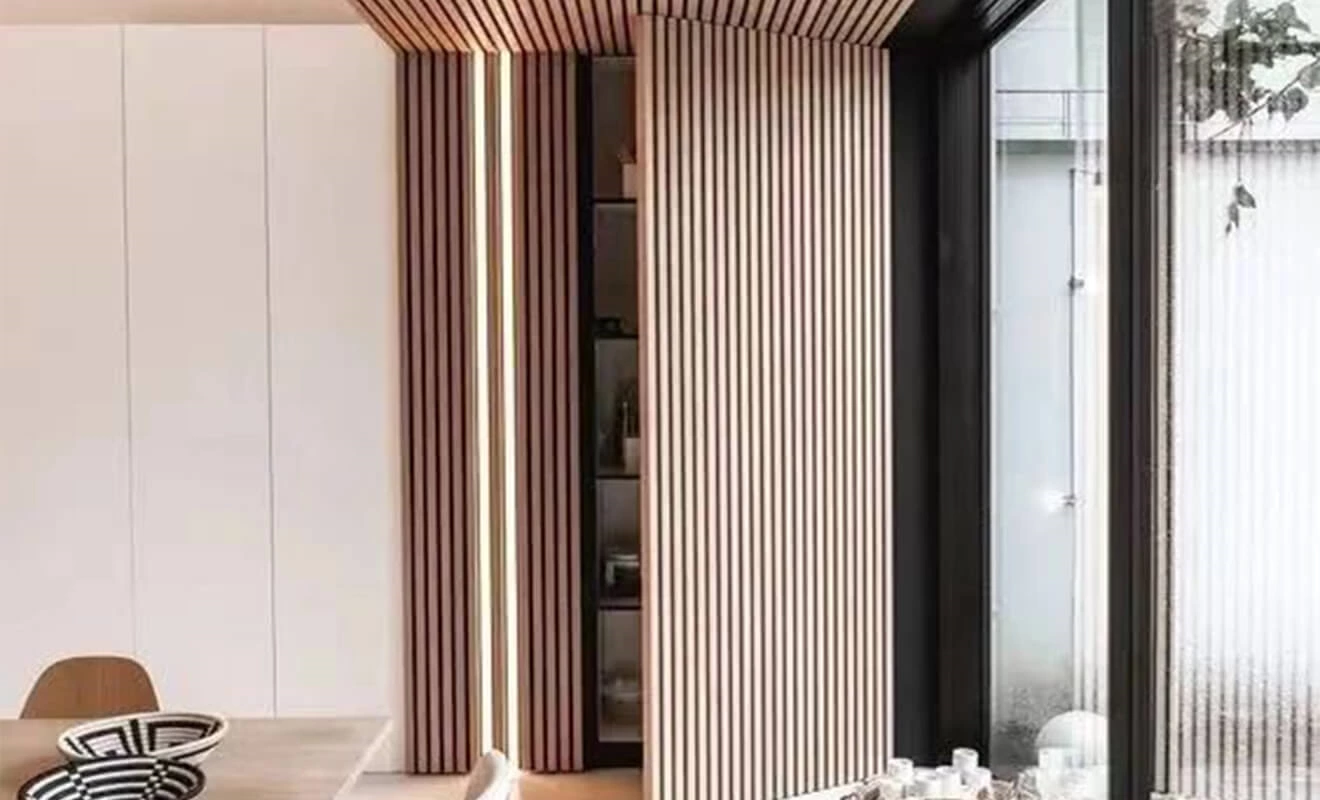
Furniture Accents & Island Bases: Applied to furniture surfaces or kitchen island bases, fluted accents add dimension and elegance. On islands in particular, vertical textures elongate the base and reduce perceived bulk, enhancing the sculptural form.
